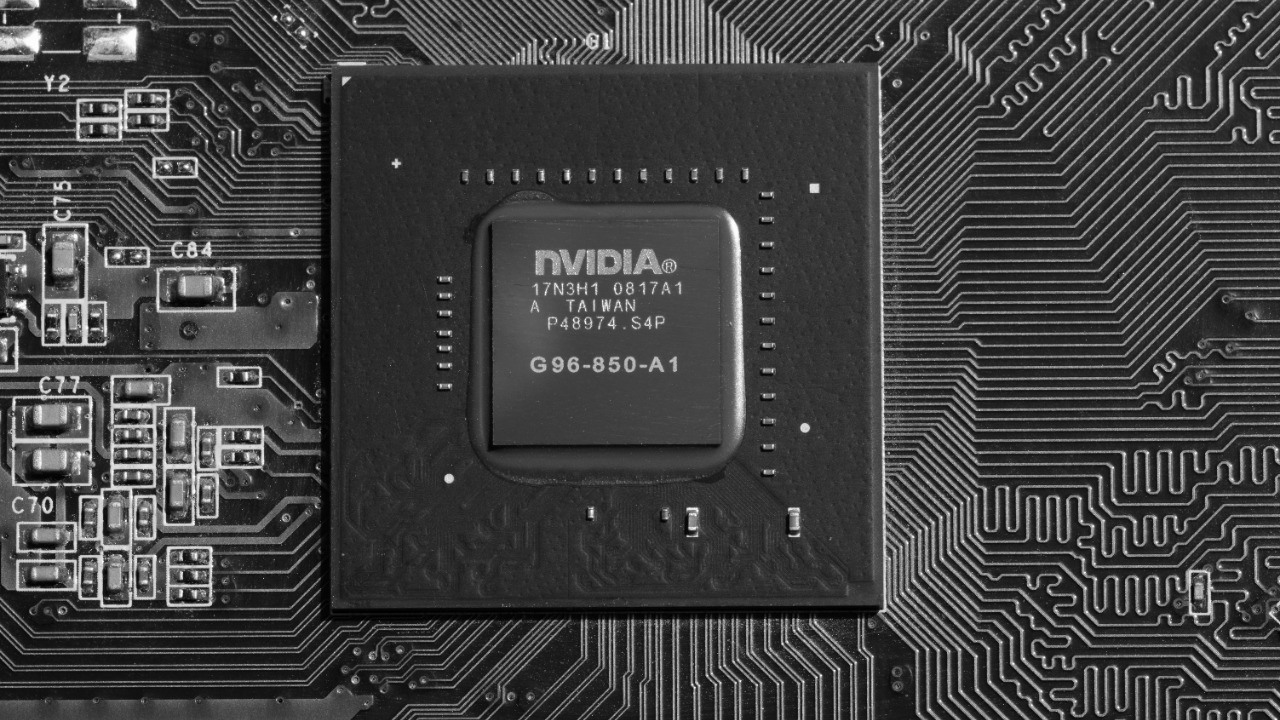
Chinese researchers have made a significant breakthrough in the field of computing by developing a high-precision scalable analog matrix computing chip. This new analog chip is touted to be 1,000 times faster than high-end Nvidia GPUs, potentially revolutionizing matrix computations that are critical for AI and scientific applications. This development marks a significant shift towards analog paradigms over traditional digital processing, addressing a computing challenge that has persisted for over a century.
The Century-Old Problem in Computing
Efficient analog computing for complex matrix operations has been a long-standing challenge in the field of computing. This problem has persisted for over a century due to limitations in precision and scalability in early analog systems. Since the mid-20th century, digital computing has dominated the scene, offering more reliable and precise calculations. However, the recent surge in AI and big data applications has revived interest in analog solutions. These applications demand high-speed computations and energy efficiency, areas where digital computing faces bottlenecks.
Development of the New Analog Chip
Chinese researchers have risen to the challenge by developing a high-precision scalable analog matrix computing chip. This development, reported in October 2025, marks a significant milestone in the field of computing. The chip is designed with a focus on analog processing, enabling it to handle matrix computations more efficiently than digital alternatives. This approach addresses the century-old problem of efficient analog computing, paving the way for faster and more energy-efficient computations.
Key Performance Claims
The new analog chip is claimed to achieve speeds that are 1,000 times faster than high-end Nvidia GPUs for specific tasks like matrix multiplication. This performance metric is supported by benchmarks conducted in analog environments. The chip’s impressive speed could potentially revolutionize various fields that rely heavily on matrix computations, including AI and scientific simulations. However, it’s important to note that these performance claims are based on specific tasks and may vary depending on the application.
Advantages in Precision and Scalability
The scalable analog matrix computing chip offers high-precision features, enabling accurate computations without the noise issues common in prior analog technology. This precision is a significant advantage, as it allows for reliable computations in complex applications. Furthermore, the chip’s scalability allows for its integration into larger systems. This addresses long-standing barriers in analog hardware deployment, making it a viable solution for a wide range of applications.
Comparison to Nvidia GPUs
When compared to high-end Nvidia GPUs, the analog chip’s architecture offers several advantages. Analog processing reduces power consumption while boosting speed for parallel tasks, making it an ideal solution for applications that require high-speed computations. Nvidia GPUs, while powerful, face limitations in handling certain analog-native operations. In these areas, the new chip’s claim of being 1,000 times faster could provide a competitive edge.
Implications for AI and Beyond
The solution to the century-old problem of efficient analog computing could have far-reaching implications, particularly in the field of AI. The new analog chip could accelerate advancements in AI training and scientific simulations, areas that require high-speed matrix computations. Beyond AI, the chip’s impact could extend to various other fields, including big data and scientific research. This Chinese innovation could also shift global semiconductor competition, highlighting the country’s growing influence in the field of technology.
Media and Research Coverage
Key media reports have highlighted the development of the high-precision scalable analog matrix computing chip. An article in the Global Times from October 14, 2025, detailed the development of the chip by Chinese researchers. More recently, Live Science emphasized how China has solved the century-old problem with a new analog chip that is 1,000 times faster than high-end Nvidia GPUs. These reports underscore the significance of this development and its potential impact on the future of computing.
More from MorningOverview